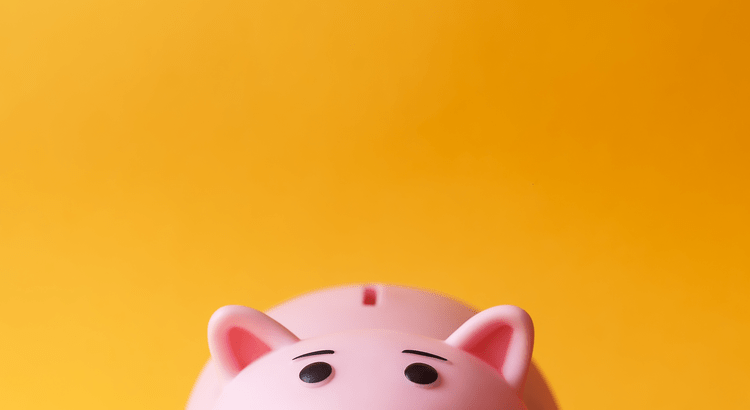There is so much happening in real estate right now, but the biggest story certainly is the lack of available inventory causing this market with “robust demand, intense competition” and biding wars.
Overall, we are seeing weak seller traffic, and strong buyer traffic.
As more and more buyers are doing anything they can to stand out, we are seeing buyer fatigue – frustration of not being able to find a home or getting outbid time and time again.
And we are in this situation because of inventory. While a healthy market has about 6 months inventory, we saw incredible lows of 1.9 months in December and January. Now we sit at 2.4 months – better, but not ideal. More buyers than sellers is causing home prices to go up.
The March year-over-year home price appreciation numbers are in. FHFA has home prices appreciating at 13.9% over last year, CoreLogic at 11.3%, and Case-Shiller at 13.2%. Last year these figures were about 10%. And as we look forward, we’re forecasted to see strong appreciation.
The average expert’s prediction on home prices right now is 8.2%. The ultimate determiner of price as we go forward is whether more homes come to market.
The FHFA maps show price appreciation by region, which is strong across the country – on average 12.6% appreciation year-over-year in Q1 of this year.
There is a difference between affordable housing versus housing affordability. Affordable housing oftentimes references the number of homes on the lower end of a market that are available for purchase. Housing affordability refers to how strong and how powerful the dollar is relative to what someone can buy.
As we go forward, homes are going up in value. Interest rates are forecasted to go up. That’s going to compromise affordability.
As affordability is measured, houses may actually be undervalued in most markets. If we look at the housing affordability index that’s produced by NAR, you can see where we stand today. The higher the index, the more affordable a home is. Homes are more affordable now when looking all the way back to 2012/ 2013 in terms of what the dollar will buy.
In other words, the percentage of median income needed to purchase a median price home historically is about 21.2%. Back in the housing crash that rose to about 25.4%. Today we sit at 14.4%, on average. Homes are affordable.
The price of rent continues to go up, looking all the way back to 1990. Growing your wealth by increasing your assets is one of the biggest benefits of homeownership.
Homes with at least 50% equity are skyrocketing. Seventeen million homes in this country (with a mortgage) were considered equity rich – meaning they have greater than 50% equity. That number equates to 31.9% of properties that have a mortgage. And 38%, according to ATTOM data, are owned free and clear. That is a significant amount of equity across the country.
Let’s take a look at what the experts are saying:
In Gallup’s poll, 41% choose real estate as the best long-term investment – the highest result of the five investment options in the past 11 years that Gallup’s asked this question.
Finally, here is how we wrapped up residential real estate in Tallahassee:































